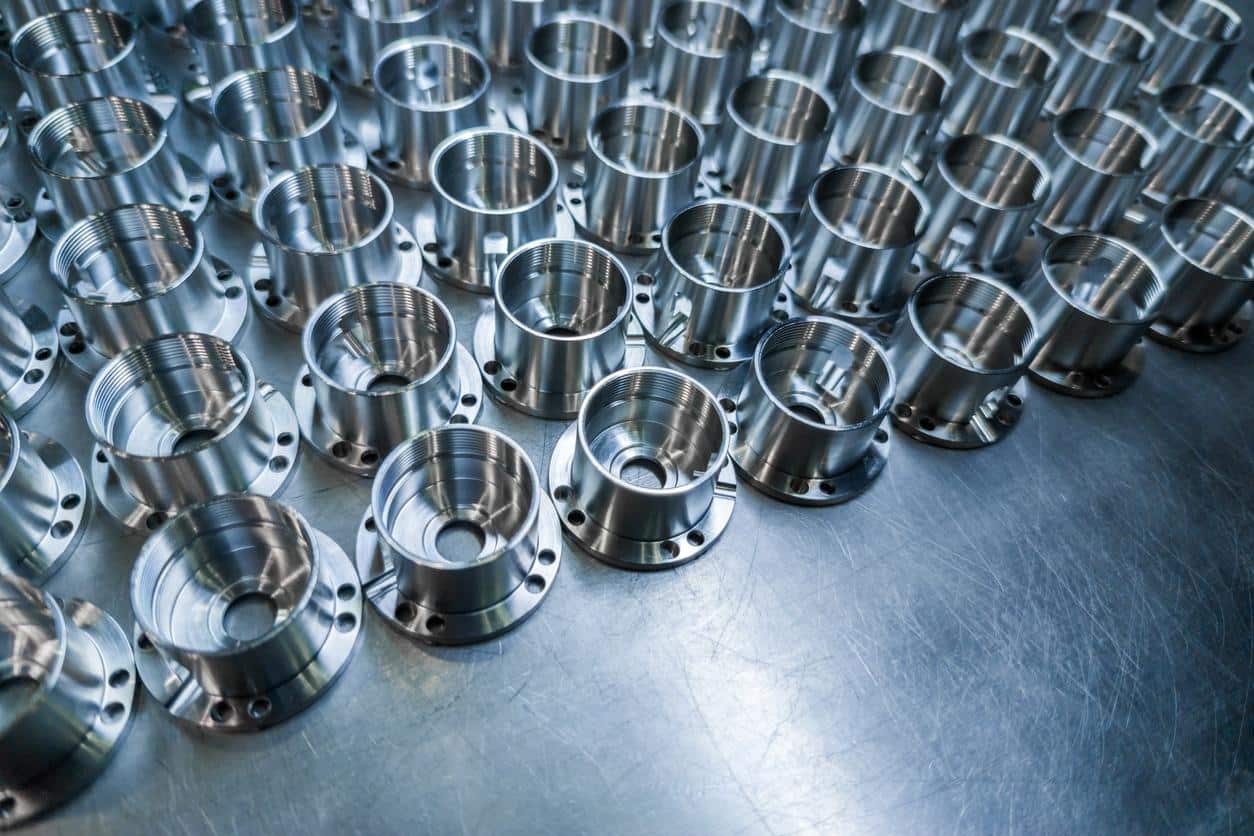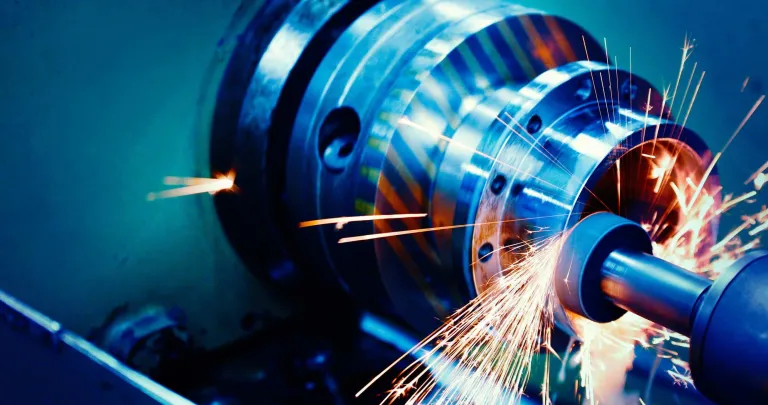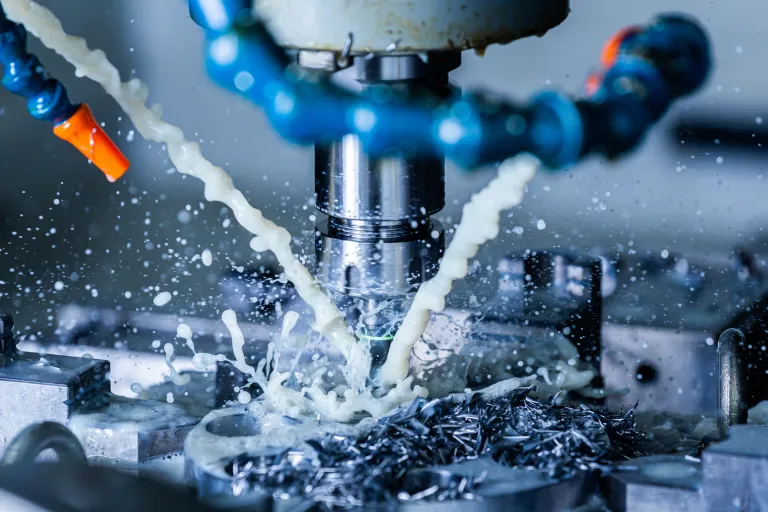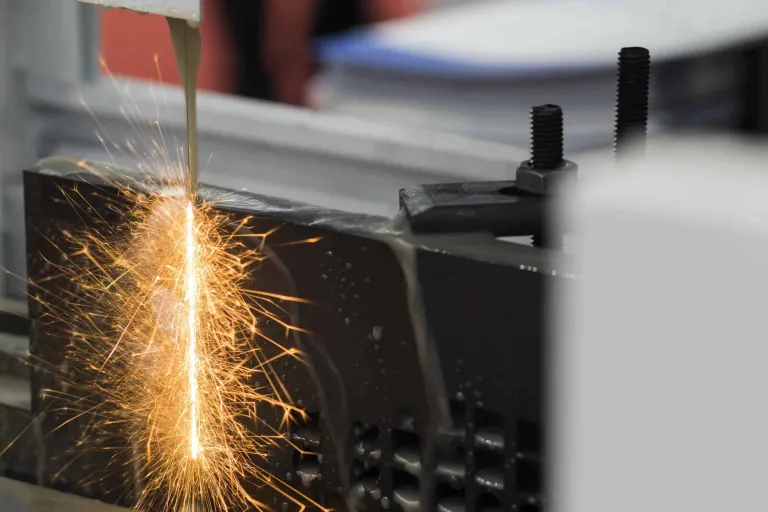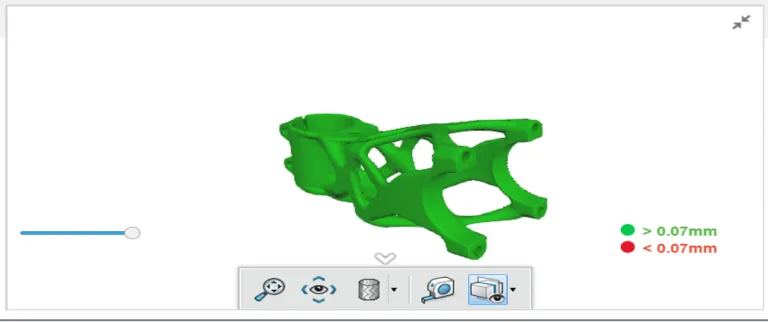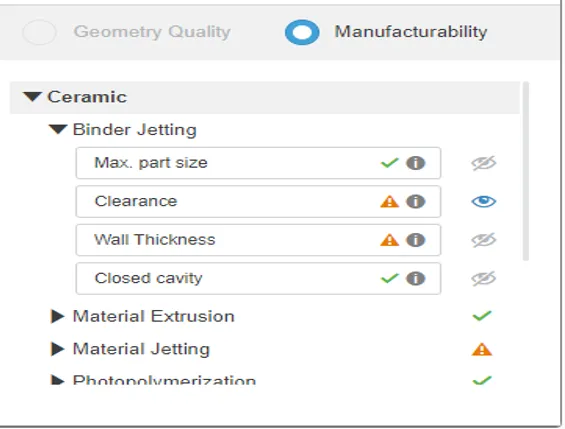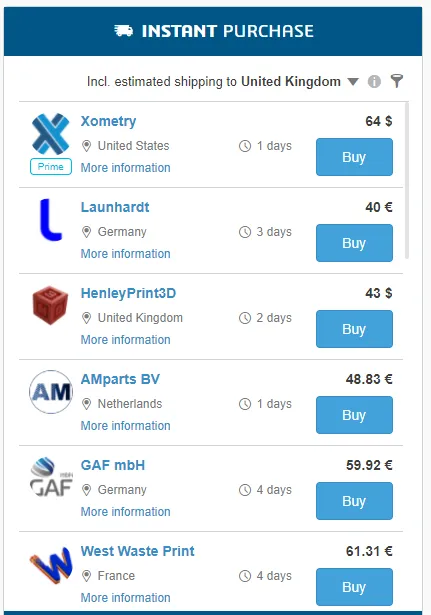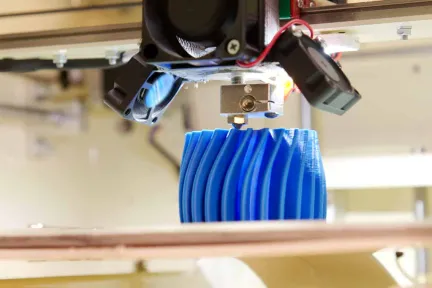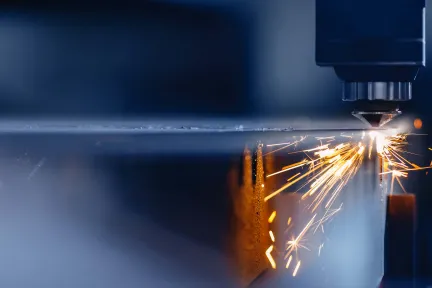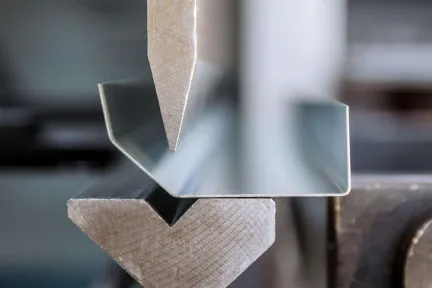Stainless Steel CNC Machining Services
Stainless Steel CNC Machining Services are contracted Machining Services for Stainless Steel parts. Learn more now!
SECURE PAYMENTS
Via payment card or purchase order
PROTECTED IP
Your data is confidential and secure with us. Use your own Non Disclosure Agreement
INSTANT QUOTE
For 3D Printing and CNC Machining, get quote in few seconds.
Introduction: Stainless Steel CNC Machining Services
While Stainless Steel is one of the hardest metals, it is frequently used in Computer Numerical Control (CNC) machining. Machining services may include various machining centers, including CNC milling, turning, or 5-axis CNC. CNC machining is a speedy manufacturing method. Product quality is consistently high. Little is required of the operator compared to traditional machining, eliminating most human error. CNC machining can fabricate a wide range of materials.
This article discusses Stainless Steel CNC Machining Services, stainless steel alloys, typical applications, and benefits.
Which CNC Machining subprocesses, 3DEXPERIENCE Make offers?
Turning
Milling
Spark machining
Discover How 3DEXPERIENCE Marketplaces Boost Your Design to Manufacturing Process
You’re in good company. Thousands of leading companies from all industries use our solutions.
Online CNC Machining service: how does it work?

Features to help you
Check & repair or Geometry check is a feature that helps you to understand Geometry issue of your part and could repair it live and online.
Check & Repair
Check & repair or Geometry check is a feature that helps you to detect geometry issue on your part and repair it online and live.
Manufacturability Check
This feature is available only for 3D Printing service. It helps you check the manufacturability of your part, depending on the materials and the process.
Instant quote engine
Receive in seconds several quotes thanks to our instant quote engine.
Questions people ask about Stainless Steel CNC Machining service
Compare Stainless Steel Alloys
Stainless Steel (SS) is an iron alloy containing at least 11% chromium. The stainless steel alloys may include a combination of carbon, nickel, nitrogen, aluminum, silicon, and manganese. The stainless steel alloy is a large family of SS products. The alloys are strong and hard, with a high creep resistance and melting point. SS is one of the hardest materials on Earth.
There are several stainless steel alloys, each having different performance characteristics. These may include strength, corrosion resistance, improved workability, machineability, weldability, ductility, brittleness, and price.
There are two principal identifiers for stainless steel; 1) families and 2) grades.
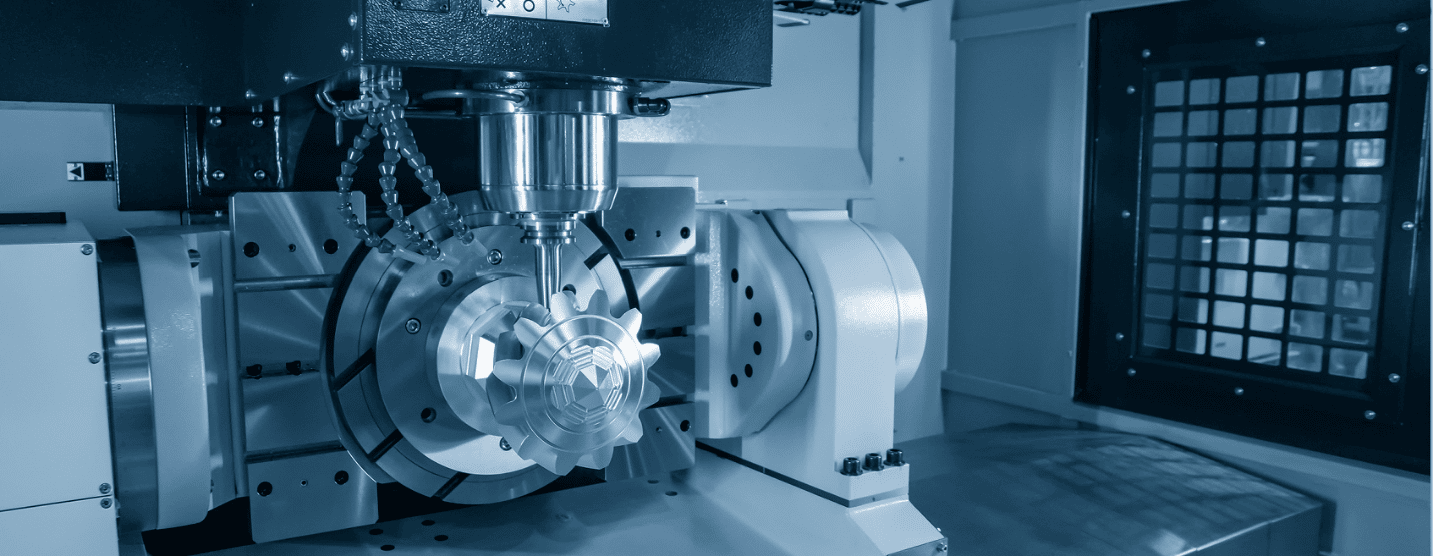
Stainless Steel Families
Stainless steel alloys are divided into five distinct families, which are listed below:
- Austenitic Stainless Steel
This is the most widely used SS Alloy, 70% of production. It is excellent for machining, welding, and corrosion resistance. The 300 series of austenitic SS alloys have 18% chromium and 8% nickel. Some grades may include manganese and molybdenum.
The alloys are non-magnetic but gain magnetic properties when cold-worked. Heat-based hardening does not work with austenitic SS alloys.
The most popular austenitic SS alloy grades include 303, 304, and 316 SS. These alloys are used for nuts, bolts, fasteners, gas turbines, and food processing equipment.
- Ferritic Stainless Steel
Ferritic SS is the most cost-effective family of SS alloys. A popular choice for chloride environments, this alloy family is tough, has moderate corrosion resistance, and is weldable. Most grades are magnetic. These alloys include chromium (12% -18%), molybdenum, niobium, nickel, and titanium. Carbon content is low. The most commonly used alloy grades are 409 & 430.
- Duplex Stainless Steel
Sometimes known as austenitic-ferritic stainless steel, this alloy combines the best of those two families. Duplex SS has high strength and corrosion resistance for off-shore applications. The alloy is weldable, magnetic, and has excellent mechanical properties. Duplex-grade alloys have lower percentages of molybdenum and nickel.
Duplex SS is the most recent SS alloy developed, and new alloys a tailored for specific applications. The most popular duplex alloys grades are 318L, LDX 2101, LDX 2304, 2507, and 4501. Heavy industrial applications are typical for duplex SS alloys.
- Martensitic Stainless Steel
This family was the first developed and had 12% - 18% chromium and 0.1 – 1.2% carbon. It is challenging and can be further treated and hardened. This SS is easy to form, has good ductility, and has moderate corrosion resistance. This alloy is used to manufacture car parts, surgical instruments, valves, turbine blades, and cutlery. Common grades are 410, 420, and 440A.
- Precipitation Hardening Stainless Steel
This is the least popular alloy, although it can be used for hardened edge applications such as knives and scalpels. Carbon is added for high strength and hardness and is also used for firearms, aerospace components, hand tools, nuclear components, and the oil and gas industry. The materials have moderate corrosion resistance and weldability and are magnetic. The most common material grades include 410 and 420.

Stainless Steel Grades
The second identifier of stainless steel alloys is grade. Within the families, some families describe the specific alloy properties such as alloy composition, strength, toughness, corrosion resistance, and magnetism. The older grades of SS have a three-digit numerical identifier developed by the Society of Automotive Engineers (SAE).
In contrast, the American Society for Testing and Materials (ASTM) uses a six-character identifier in North America. To further confuse the issue, the European Union (EN), United Kingdom (BSI), Japan (JIS), Germany (DIN), Spain (UNE), Sweden (SIS), China (GB), and International Standards Organization (ISO) all have different designations for the same grades of steel. A cross-reference list listing the other designations is helpful.
As an example, the SAE standard 316 stainless steel is also listed differently by the other organizations:
- AFNOR: Z 6 CND 17-11
- BSI: 316S31
- DIN: X 5 Crime 17 12 2
- EN: X 6 CrNiMo 17 12 2
- JIS: SUS 316
- SIS: X 6 CrNiMo 17-12-03
- UNE: X 6 CrNiMo 17-12-03
- UNI: X 5 CrNiMo 1712
- UNS: S31600
What these standards agree upon is the alloy composition. For example, the SAE standard composition of 304 stainless steel must contain the following:
- 18%-20% Chromium
- 0.8%-10.5% Nickel
- 2% Manganese
- 0.1% Nitrogen
- 0.08% Carbon
- 0.75% Silicon
- 0.045% Phosphorus
- 0.03% Sulphur
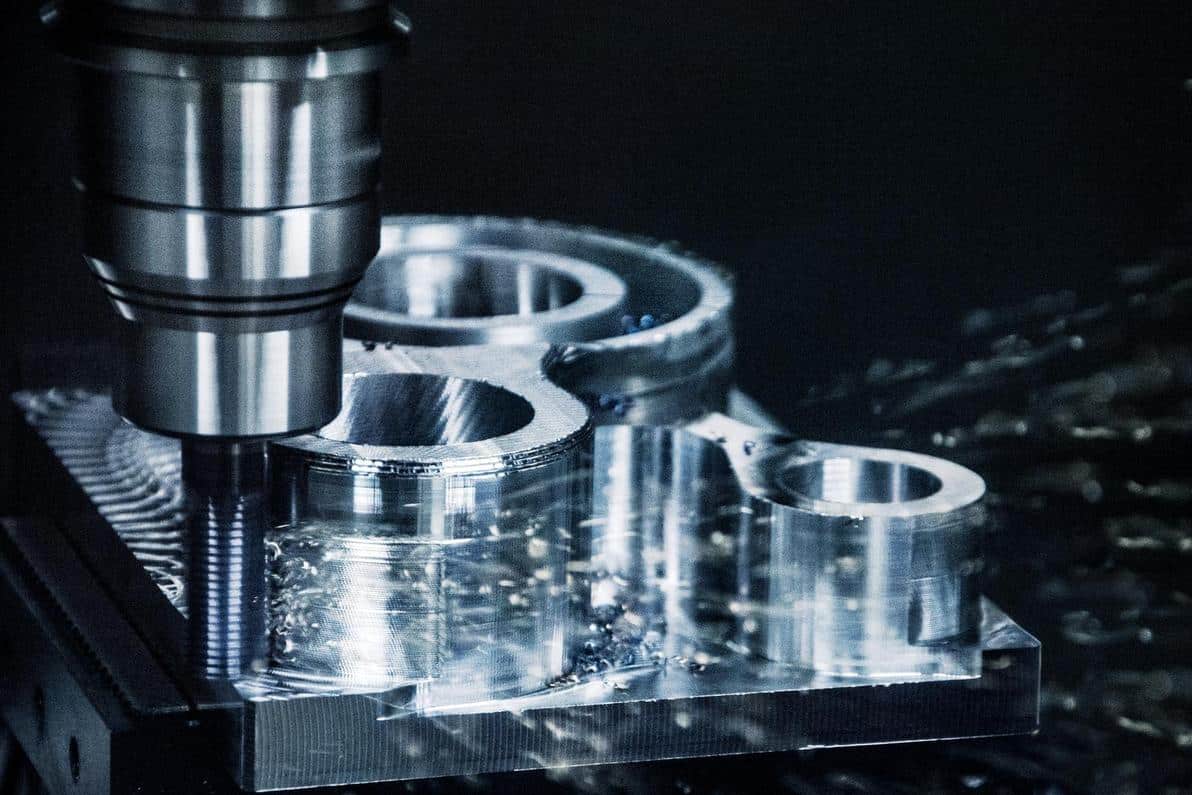
Benefits of Stainless Steel
Stainless steel is one of the hardest metals known, and with various stainless steel alloys available, there is one for almost every application.
- Strength and Durability
SS has a remarkable strength-to-weight ratio, exceptional impact resistance, low susceptibility to brittleness, and the ability to withstand extreme thermal conditions.
- Extensive Applications
The materials can be formed into virtually any shape, size, and type of metal fabrication, including forming, machining, welding, punching, drilling, and cutting. This makes SS suitable for the broadest range of applications.
- Fire and Heat Resistance
Due to the oxidation resistance, SS does well in temperature extremes.
- Corrosion Resistance/Hygiene
SS offers the highest degree of cleanliness on any surface. It has a smooth, non-porous, non-absorbent surface that is non-toxic and can be sanitized with aggressive disinfectants and without material degradation. SS is used extensively in the medical and food service industries.
- Magnetism (Certain Grades Only)
While not all SS alloys have magnetic properties, several grades of SS do. The alloy must contain iron and have a martensitic or ferritic crystalline structure.
- Self-Healing
SS alloys have a large amount of chromium content which allows the formation of a tough, invisible corrosion-resisting chromium oxide film on the steel surface. If the surface of the steel is damaged mechanically or chemically, this film will cover the steel in oxygen environments.
- Appearance
SS has an attractive satin finish that is smooth and shiny. It is resistant to dents, scratches, stains, and fingerprints, even after heavy usage.
- Value
Stainless steel has an extremely long life and is easy to maintain.
- Sustainability
When considering product longevity, SS becomes a value option for material selection. SS requires little maintenance and doesn’t leach toxic chemicals. Today, 95% of the milled scrap comes from reclaimed SS and is 100% recyclable.
Discover our other manufacturing services
Get multiple quotes for your parts in seconds
